Description
The instruction for medical use
of POLPRIL medicine
Trade nazvaniyepolprit
the International unlicensed
name Ramipril Lekarstvennaya a form
of the Capsule, 2.5 mg, 5 mg and 10 mg
Structure
One capsule contains
active agent – ramiprit 2.5 mg, 5 mg, 10 mg,
excipients: gel corn starch,
structure of a cover of the capsule:
body of capsules: gelatin, water, ferrous oxide black (E 172), titanium dioxide (E 171)
lid of capsules of 2.5 mg and 5 mg: gelatin, water, indigo carmine (E 132), ferrous oxide yellow (E 172), titanium dioxide (E 171)
lid of the capsule of 10 mg: gelatin, water, indigo carmine (E 132), ferrous oxide yellow (E 172), titanium dioxide, (E 171) ferrous oxide black (E 172)
Description
Lid of the capsule of 2.5 mg: light green color with the sign ‘R’. Capsule body: light gray color with
the sign ‘2.5’ Lid of the Capsule of 5 Mg: green color with the sign ‘capsule R’Korpus: light gray color with
the sign ‘5’ Lid of the Capsule of 10 Mg: dark green color with the sign ‘R’. Capsule body: light gray color with
the sign ’10’ Contents of Capsules: white or almost white powder
Pharmacotherapeutic group
the Drugs influencing a system renin-angiotensin, AKF inhibitors
the Code of automatic telephone exchange C09AA05
Ramiprit the pharmacological Pharmacokinetics Later properties of introduction quickly is soaked up from digestive tract. The maximum concentration of a ramipril in plasma comes within an hour. The maximum concentration of an active metabolite, the ramiprilat, comes within 2 – 4 hours. Elimination half-life of a ramipril makes 13-17. Constant concentration of the ramiprilat in plasma, in case of use of an identical daily dose, is defined within 4 days of treatment.
The volume of distribution of a ramipril and the ramiprilat is about 90 l (ramiprit) and 430 l (ramiprilat). Ramipril contacts proteins of plasma approximately for 73%, and ramiprilat for 56%.
Ramipril biotransformirutsya almost completely. The metabolites which are present at urine and serum/plasma indicate up to three main metabolites metabolism. Except biologically active metabolite, the ramiprilat, other, inactive metabolites, including diketopiperazine ether, diketopiperazine acid and also the connections which are formed as a result of interface reaction are identified.
After introduction in a ramipril, about 60% of active ingredients and their metabolites are defined in urine and less than 40% in Calais.
At patients with impaired renal function (clearance of creatinine
the Pharmacodynamics
Polpril is a precursor which after absorption from digestive tract hydrolizinutsya in a liver to an active metabolite, the ramiprilat which is an effective inhibitor of AKF with the prolonged action. Ramipril increases reninovy activity of plasma and reduces concentration of angiotensin II and Aldosteronum in plasma. Hemodynamic effect of AKF inhibitor is result of decrease in concentration of angiotensin II what expansion of blood vessels and decrease in vascular resistance is result of.
Hypotensive action comes in 1-2 hours after intake of medicine. The maximum action comes in 3-6 hours and continues within 24 hours. There is no syndrome of ‘cancellation’. Reduces lethality during the early and remote periods of a myocardial infarction, frequency of repeated heart attacks and development of heart failure. Increases the frequency of survival and improves quality of life of patients with chronic heart failure. At patients with the congenital and acquired heart diseases reduces severity of hypertensia in a ‘small’ circle of blood circulation at reception within not less than 6 months. Increases sensitivity of fabrics to insulin, concentration of fibrinogen, stimulates synthesis of the fabric activator of plasminogen, promoting a thrombolysis, Polpril reduces the volume of diabetic complications (a manifest nephropathy or need of treatment by dialysis).Reduces microalbuminuria degree (in an initial stage) and progressing of a chronic liver failure at patients with the significant damages of kidneys at a diabetic nephropathy. Polpril reduces pressure in portal hypertensia.
Indications
– essential arterial hypertension
– symptomatic arterial hypertension, including in
non-insulin-dependent diabetes mellitus complicated by a nephropathy
– treatment and prevention of chronic heart failure at:
a) cardiovascular diseases at persons from group high
risk, including after the postponed myocardial infarction
c) diabetes with accessory factors of risk
– for reduction of risk of a myocardial infarction, a brain stroke or a cardiovascular disease mortality at patients with the increased risk of cardiovascular diseases
the Recommended initial dose of 2.5 mg ramiprit the Route of administration and doses once a day.
Depending on tolerance of medicine, the dose should be raised gradually. Increase in a dose twice after the first week of treatment, and further increase to 10 mg a day after the next 3 weeks of treatment is recommended. The maintenance dose usually makes 10 mg of times a day.
The Recommended initial dose of 2.5 mg ramiprit treatment of an essential arterial hypertension once a day.
If the therapeutic effect is unsatisfactory, the initial dose can be raised in 2 – 3 weeks. Double increase in a dose is recommended. The maintenance dose usually makes 2.5 up to 5 mg a day. Depending on effect of treatment, a dose it is possible to increase to the maximum dose 10 mg of times a day.
Treatment of a symptomatic arterial hypertension
the Recommended initial dose of 2.5 mg a day. Depending on shipping, the dose can be increased twice with an interval of 2 – 3 weeks. The maintenance dose makes 5 mg a day. The maximum daily dose makes 10 mg.
Treatment and prevention of chronic heart failure
Treatment should be begun between 3 and 10 days after a sharp phase of a myocardial infarction. An initial dose of 2.5 mg two times a day (in the morning and in the evening). If an initial dose of 2.5 mg it is bad to be transferred by an organism, it is possible to lower a dose to 1.25 mg two times a day, within two days. It is necessary to control arterial blood pressure of blood and function of kidneys. Then, depending on the therapeutic answer, the dose can be increased twice with an interval, at least two days to the maximum dose of 10 mg a day. Depending on tolerance of drug, it is appointed once or two times a day.
Side effects
Often> 1/100
– dizzinesses, a headache, fatigue
– nausea
– cough
– rash, an itching, urticaria (sometimes with the increased body temperature)
it is rare
– dryness in a mouth, disturbance of flavoring feelings, lack of appetite, nausea,
vomiting, abdominal pain, diarrhea, constipations
– stomatitis, pancreatitis
– increase in concentration of bilirubin and (or) activity of enzymes of a liver in
serum
– hepatocellular or cholestatic hepatitis, abnormal liver functions
– paresthesias, a tremor, a depression, absent-mindedness, concern
– disorders of vision and conjunctivitis
– sonitus, disturbances of a vestibular mechanism and a hearing disorder
– a faint, orthostatic hypotension
– tachycardia, feeling of the significant heartbeat
– a myocardial infarction, arrhythmia
– Reynaud’s symptom, bleedings, vascular and brain disturbances
– bronchitis, a bronchospasm, suffocation, potentiation of asthma, rhinitis, sinusitis
– the vasomotorial hypostasis including edema of face, extremities, language, an oral
cavity and (or) throat
– a hair loss, separation of a nail from a bed, a polymorphic erythema,
a photosensitization
– a renal failure, increase in concentration of creatinine in serum,
can come a proteinuria, especially at patients with
renal failures or after introduction of rather high doses of APF inhibitors
– muscular spasms, myalgias, arthralgias
– disturbances of a reproductive system and function of chest glands, decrease
in potency
– low concentration of sodium in serum
– thorax pain, the increased sweating, sleep disorders
– anaphylactic reactions, vasomotorial edema of face, extremities, a mucous
membrane of an oral cavity and (or) throat
In isolated cases
– neuropathy
– makulo-papular rash, a bladderwort, psoriasis and also other
dermatological symptoms, vezikulo- or lishayepodobny rash on
skin and mucous membranes
– a gynecomastia
– fever, inflammation of a peritoneum, vasculites, a miositis, positive
takes of the test for existence of anti-nuclear antibodies
– photophobia or other skin reactions of various intensity
– hemolytic anemia, an agranulocytosis, a pancytopenia, an eosinophilia,
a leukocytosis, increase in SOE
of the Contraindication
– hypersensitivity to a ramipril, any excipient of the medicinal Polpril product or any other inhibitor angiotensin – the converting enzyme (AKF a blocker)
– hemodynamically significant narrowing of a renal artery (bilateral or
unilateral in case of the only kidney)
– vasomotorial hypostasis in the anamnesis (hereditary, idiopathic or after
administration of inhibitor of angiotensin-converting enzyme)
– the period of pregnancy and a lactation
Medicinal interactions
not recommended combinations: Polprila with membranes high-permeability is not recommended as can lead to life-threatening pseudoanaphylactic reactions or an acute anaphylaxis. It is not recommended to apply a medicinal product along with: potassium drugs, kaliysberegayushchy diuretics (for example, amiloride, Triamterenum and Spironolactonum): increase potassium concentration in serum (if simultaneous use with these medicines is necessary, it is regularly necessary to control potassium concentration in serum). The medicinal product should be applied carefully with: antihypertensive drugs (first of all diuretic drugs) and also others with similar action (for example, nitrates, tricyclic antidepressants): antihypertensive action of a ramipril can amplify (if diuretics are at the same time entered, it is regularly necessary to control concentration of sodium in serum). Somnolent drugs, narcotic drugs, anesthetics: there can occur considerable pressure drop of blood (if there is no opportunity to cancel Polpril, it is necessary to report about it to the anesthesiologist). Allopyrinolum, procaineamide, cytostatics, immunosuppressive drugs, corticosteroids and also other medicines which can cause changes in a blood picture: the risk of approach of hematologic disturbances, especially decrease in quantity of leukocytes, or leukopenias increases. Lithium: there can occur increase in concentration of lithium in serum and in a consequence potentiation of cardiotoxic and neurotoxic effect of lithium (regular control of concentration of lithium in serum is necessary). Oral gipoglikemiziruyushchy drugs (for example, sulphonylurea derivatives, biguanides) and insulin: can decrease concentration of glucose in blood with risk of a hypoglycemia (especially in an initial stage of treatment ramiprily it is necessary to control in details concentration of glucose in blood). Heparin: there can occur increase in potassium concentration in serum. Sodium chloride: reduces antihypertensive action of Polpril. It is necessary to consider use of the following combinations in details: non-steroidal anti-inflammatory drugs, soothing medicines (for example, indometacin, acetylsalicylic acid): antihypertensive action of a ramipril, a renal failure and also increase in potassium concentration in serum can decrease. Vasoconstrictive drugs, sympathomimetics (for example, epinephrine): there can occur decrease in antihypertensive effect of Polpril (careful control of arterial blood pressure of blood is recommended). Antiacid drugs: reduce biological availability of AKF of blockers. Alcohol: antihypertensive action of Polpril and effect of alcohol is exponentiated.
Special instructions
After introduction of the first dose and also after increase in a dose ramiprit and (or) loopback diuretic, these patients have to be under medical control, at least for 8 hours for the purpose of avoidance of uncontrollable orthostatic hypotension. It is necessary to cancel diuretic drug in 2 – 3 days before use of a ramipril or to lower a dose of diuretic medicine. Both before introduction of a medicinal product, and within the first week of its use the control function of kidneys and a liver is recommended. Patients with a renal and liver failure need to select drug doses individually. Frequent control of potassium concentration in serum at patients with impaired renal function is necessary. At patients with superactivity renin-angiotenzinovoy of a system exists risk of falling of blood pressure and also a renal failure. It can occur owing to angiotensin-converting enzyme blockade.
In an initial phase of treatment it is necessary to observe the following groups of patients:
– patients of advanced age (65 years)
– patients blood, especially inclined to frequent falling of arterial blood pressure (for example, patients with a stenosis of a coronary artery or a stenosis of vessels of a brain are more senior)
– the patients having training for surgery or being under anesthetic. AKF blockers can become the cause of arterial hypotension
regular control of quantity of leukocytes in blood (for the purpose of diagnostics of a leukopenia) and concentration of protein in urine at patients with collagenoses of vessels Is recommended (for example, a lupus erythematosus and a sclerema of skin).
Use in pediatrics
researches of efficiency and safety of use of a polpril for children were not conducted. Therefore it is not recommended to apply polprit at children
of Feature of influence of medicine on ability to run vehicles or others potentially
Ramipril mechanisms can reduce ability to reaction and concentration, in this regard it is necessary to refrain from control of vehicles and to service of moving mechanisms. It is especially important in an initiation of treatment ramiprily, at increase in a dose, on ramiprit replacements of earlier taken antihypertensive medicines.
Overdose
Symptoms: significant decrease in the ABP, bradycardia, shock, disturbance of water and electrolytic balance, acute renal failure.
Treatment: gastric lavage, administration of adsorbents and sodium sulfate (it is desirable within 30 min. after reception), control and support of the vital functions, at decrease in the ABP – introduction of catecholamines and angiotensin II to enter additional amounts of liquid and sodium. In vasomotorial hypostasis: to urgently enter 0.3-0.5 mg of adrenaline subcutaneously or 0.1 mg slowly intravenously, the electrocardiogram and arterial blood pressure of blood, and further intravenously to enter a corticosteroid, intravenous administration of antihistaminic medicine and the antagonist of H2 of receptors is recommended.
The form of release and packing
place Blisters on 28 capsules in a lithographic cardboard box with the instruction for medical use.
To Store storage conditions in the dry, protected from light place, at a temperature below 25 °C.
To store out of children’s reach!
A period of storage
of 18 months
not to use drug after expiry date
Prescription status
According to the prescription
The producer
the Pharmaceutical plant
“Polfarm” SA St. of Pelplinsk 19, 83-200 Starogard Gdanski, Poland
To develop
Additional information
| Ingredient |
|---|





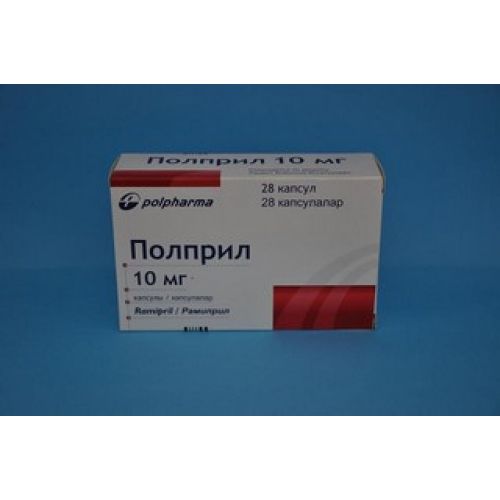
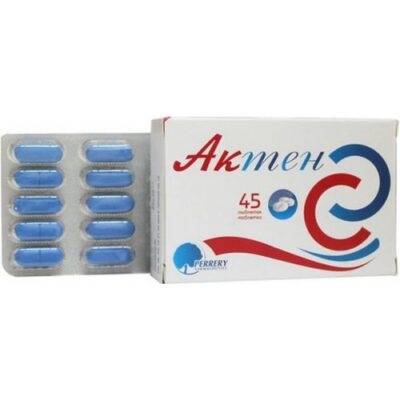
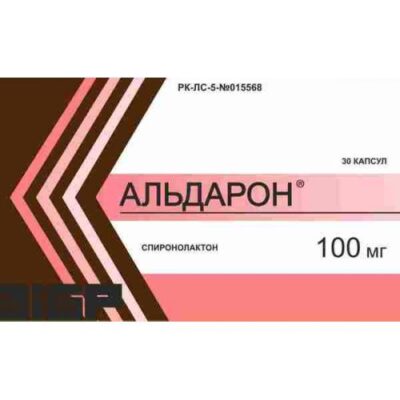
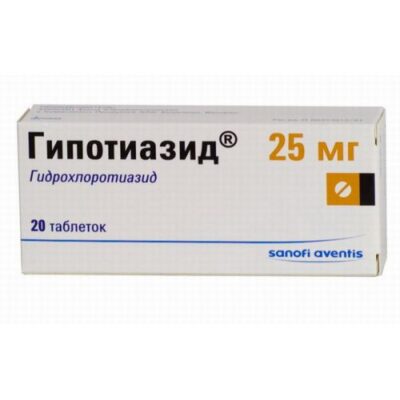
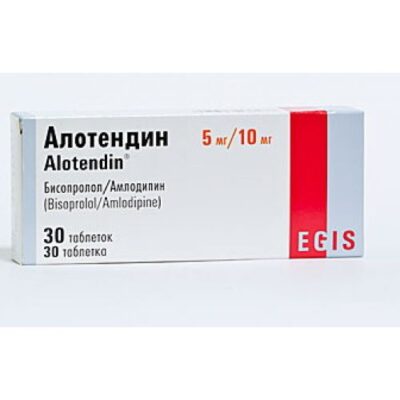
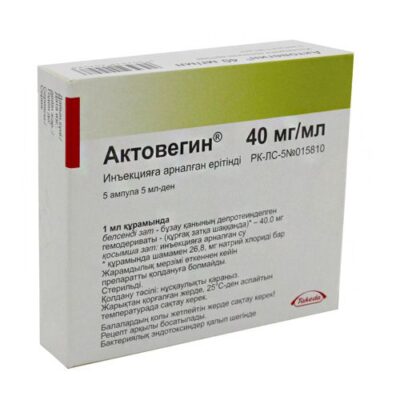
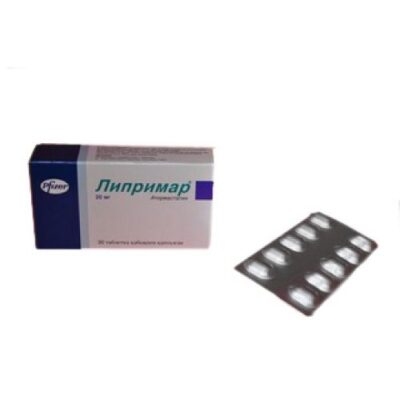
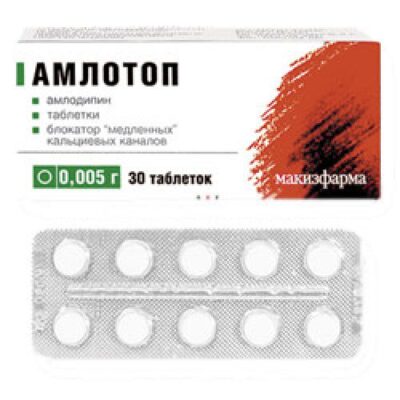

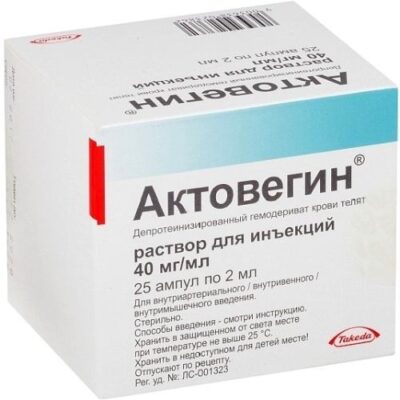
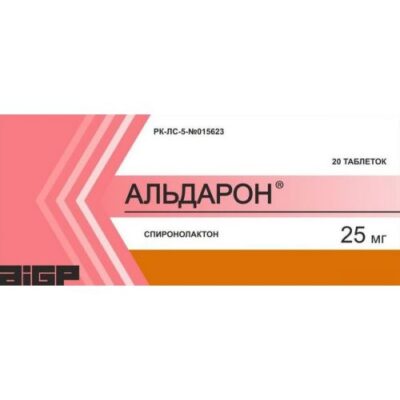






Reviews
There are no reviews yet.